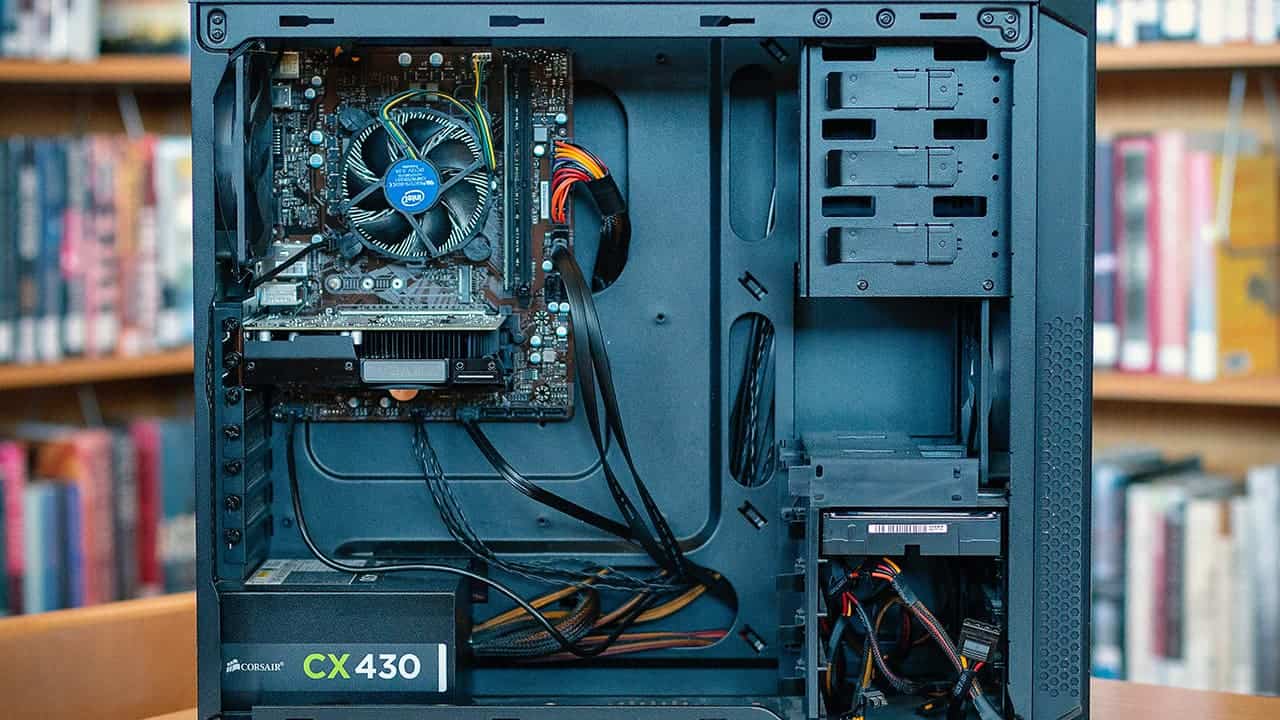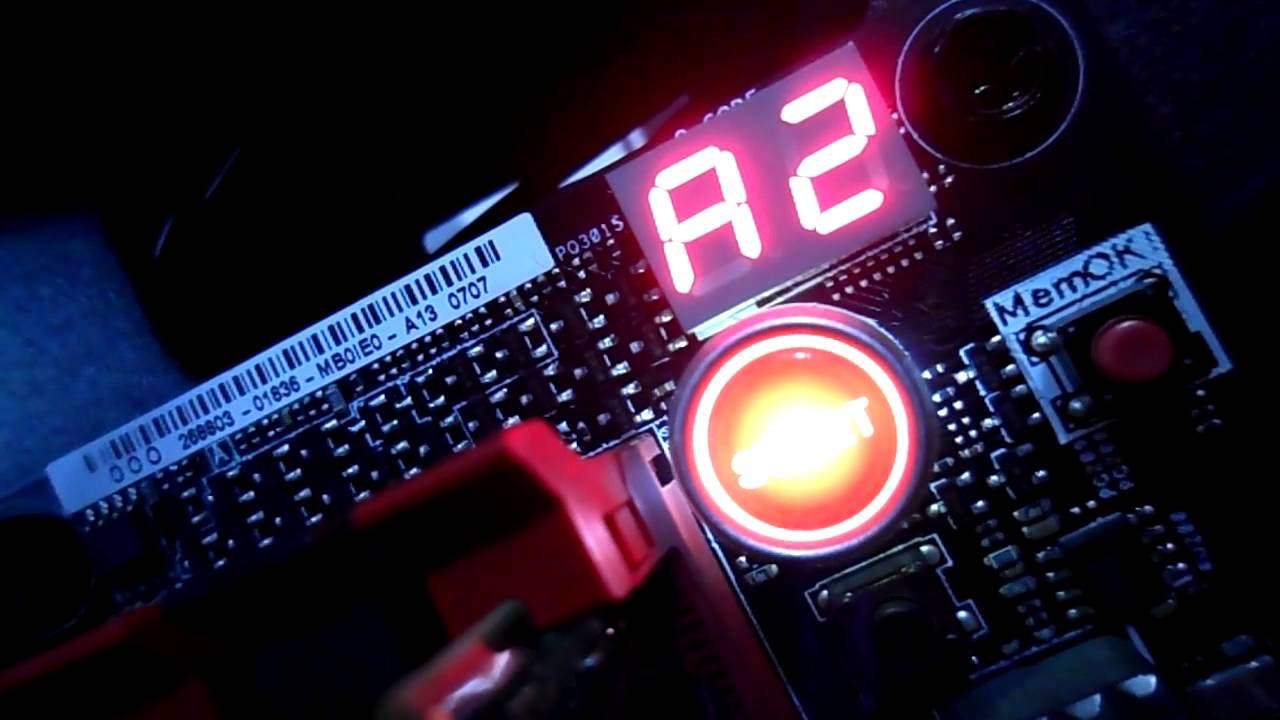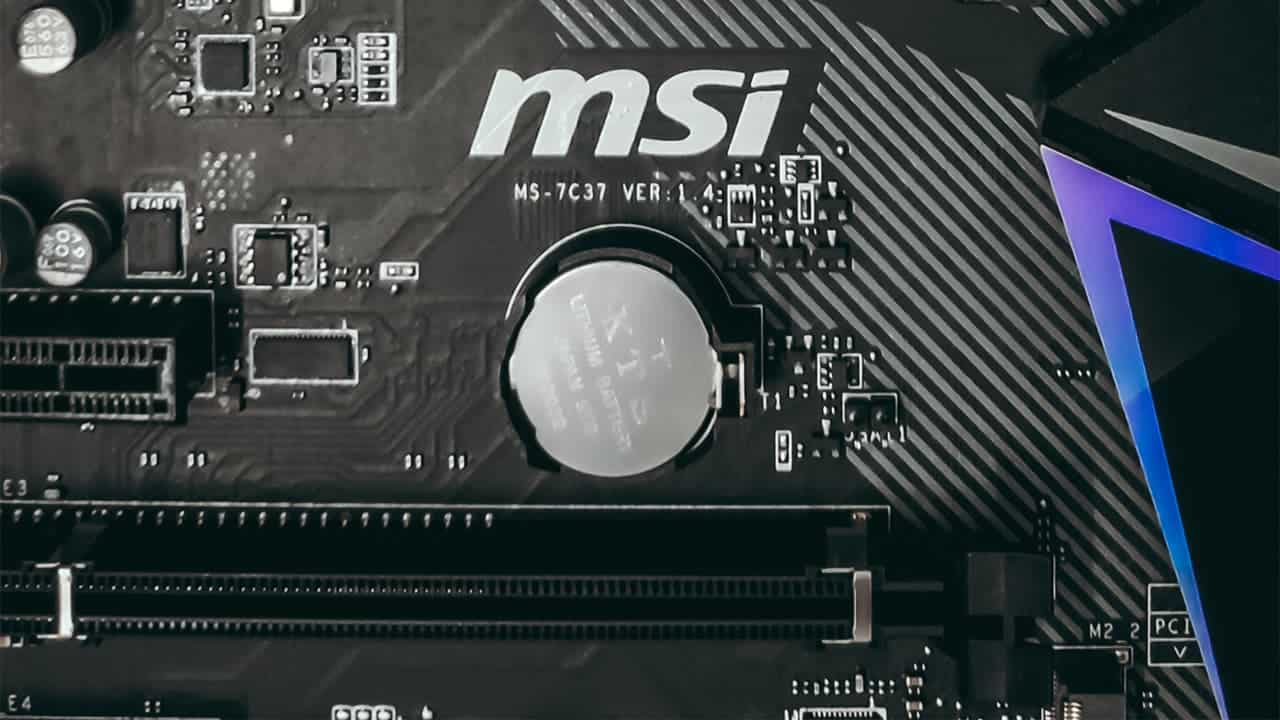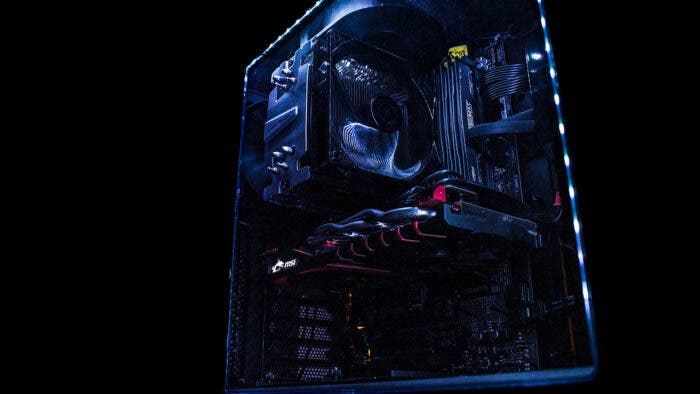Asking yourself why won’t my computer turn on? There’s no reason to panic. There are a couple of reasons that can contribute to this problem. That includes hardware issues, power problems, and software bugs. With numerous possible reasons for a non-starting computer, it can be challenging to determine the root cause.
But in most cases, when the computer won’t turn on, it’s likely for the lack of power. This could happen because of a faulty power supply, faulty connections on the cables, or a faulty battery if it’s a laptop. Likewise, it could be due to a damaged power button or the components heating up excessively.
Now, the question is, what should you do when your computer won’t turn on? Well, you don’t need to take it to a service station right away. There are some simple fixes that you can try out in your home. And you can get to know all about them in this in-depth guide.
How to Fix a Computer That Won’t Turn On
Check the Power Source
Before anything else, you should check the cables, laptop charger, or surge protector. When any of these becomes faulty, your computer won’t turn on. To check whether any of them have become faulty, first, plug the device into another surge protector or plug it directly into the wall outlet.
If the computer remains unresponsive, proceed to test the power supply. It’s possible to use a multimeter to check the PSU unit of the desktop. But you need to have some technical know-how and proper safety equipment to test the power supply with a multimeter. So, it’s better to use a power supply tester tool.
Does the power supply of the desktop computer seem okay? In that case, you should check the cables to see whether they’re preventing your PC from turning on. Make sure that they are securely connected.
On the other hand, if you have a laptop, you should remove the battery of the device and connect it to the power source. See whether the laptop turns on when it’s plugged directly into the wall. If it does, you should get the battery replaced.
Check Whether There’s Any Damaged Power or Charging Port
When your computer won’t turn on, you should do a thorough visual inspection of the power port of the PC. And for a laptop, check the charging port. Do you see any broken or bent pins? In that case, you should get the power port or the charging port replaced.

If there are no bent pins or ports, debris inside could be hindering your computer from turning on. Disconnect the power cable and then clean the ports and pins with a dry brush.
Decode the Motherboard Error to Turn Your Computer On
When the computer won’t turn on, you might hear a series of beeps coming right from the motherboard. In general, your motherboard should give out a single beep, which indicates that everything is well and the computer is running as it should. But a series of beeps means there’s something wrong with the components.
That said, there’s no standard set for troubleshooting the motherboard for these error codes. It varies from one motherboard to another. So, when the computer won’t turn on and you hear a series of beeps, you need to check the manual of the motherboard. Check through the troubleshooting segment to figure out what the beeps mean.
Gizchina News of the week

If you don’t have the manual of the motherboard around, you can visit the manufacturer’s website. You should find a downloadable PDF there, which you can go through to find out the meaning behind the beeps.
On that note, some of the modern motherboards will come with a digital display that specifically displays the error codes. You can just search for the error code on Google and find out what it means. Once you decode the error, take the necessary steps to fix it and get your computer turned on again.
If you need further guidance, check out the video I’ve embedded below to understand how to fix a motherboard error of a computer that’s not turning on.
Test the Power Button of the Computer That Won’t Turn On
If your computer won’t turn on and the light of the motherboard or the fans are not running, it could be a power button issue. To verify this, you can take the power button header cable out of the mother and try to turn the computer on with a screwdriver.
All you need to do is make the screwdriver touch both the switch header pins to jumpstart the PC. If the computer turns on when you jumpstart it, you need to change the power button. Check out the video I’ve embedded below to give you a visual aid on jumpstarting a computer.
Replace the CMOS Battery of the Motherboard
As a general rule, you should replace the CMOS battery of the PC if it’s older than five years. A dead CMOS battery will hinder the computer from turning on. But if you already have a new CMOS battery installed, you should try resetting the CMOS battery. That can help to make a computer turn on.

Disconnect USB Devices When the Computer Won’t Turn On
External USB devices can hinder your computer from turning on. Disconnect all the peripherals connected to the PC, which includes USB hubs, hard drives, and flash drives. Then try to turn the computer on.

